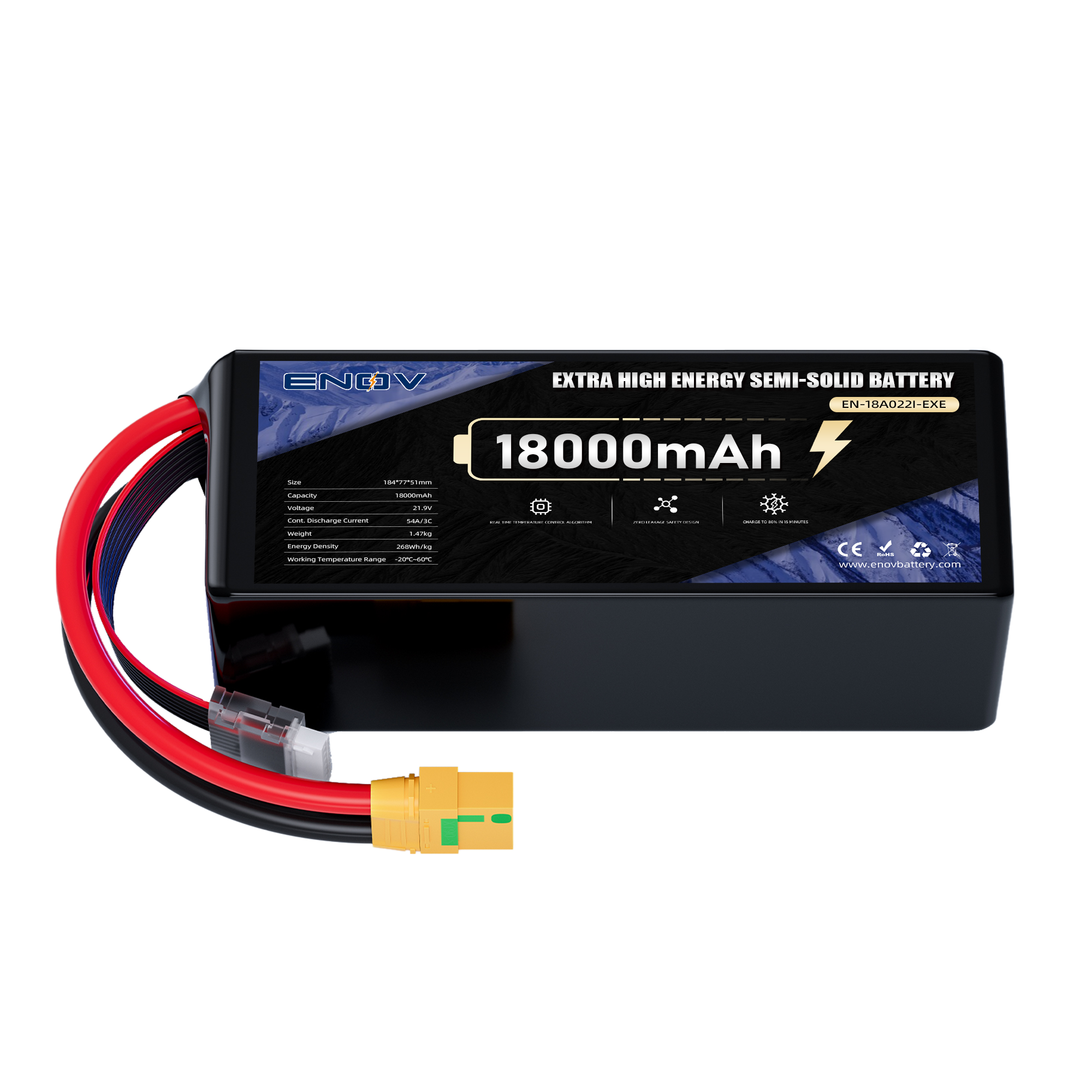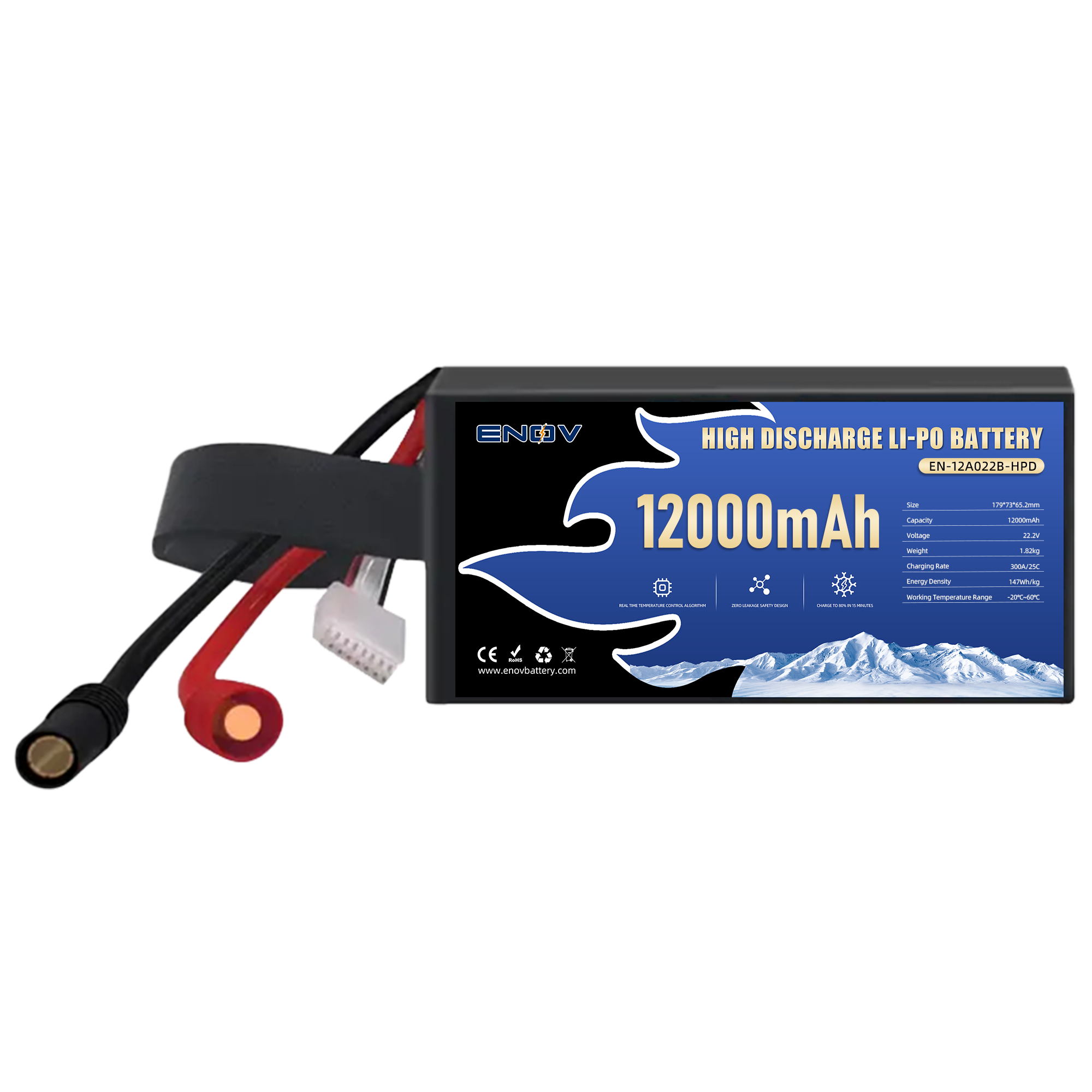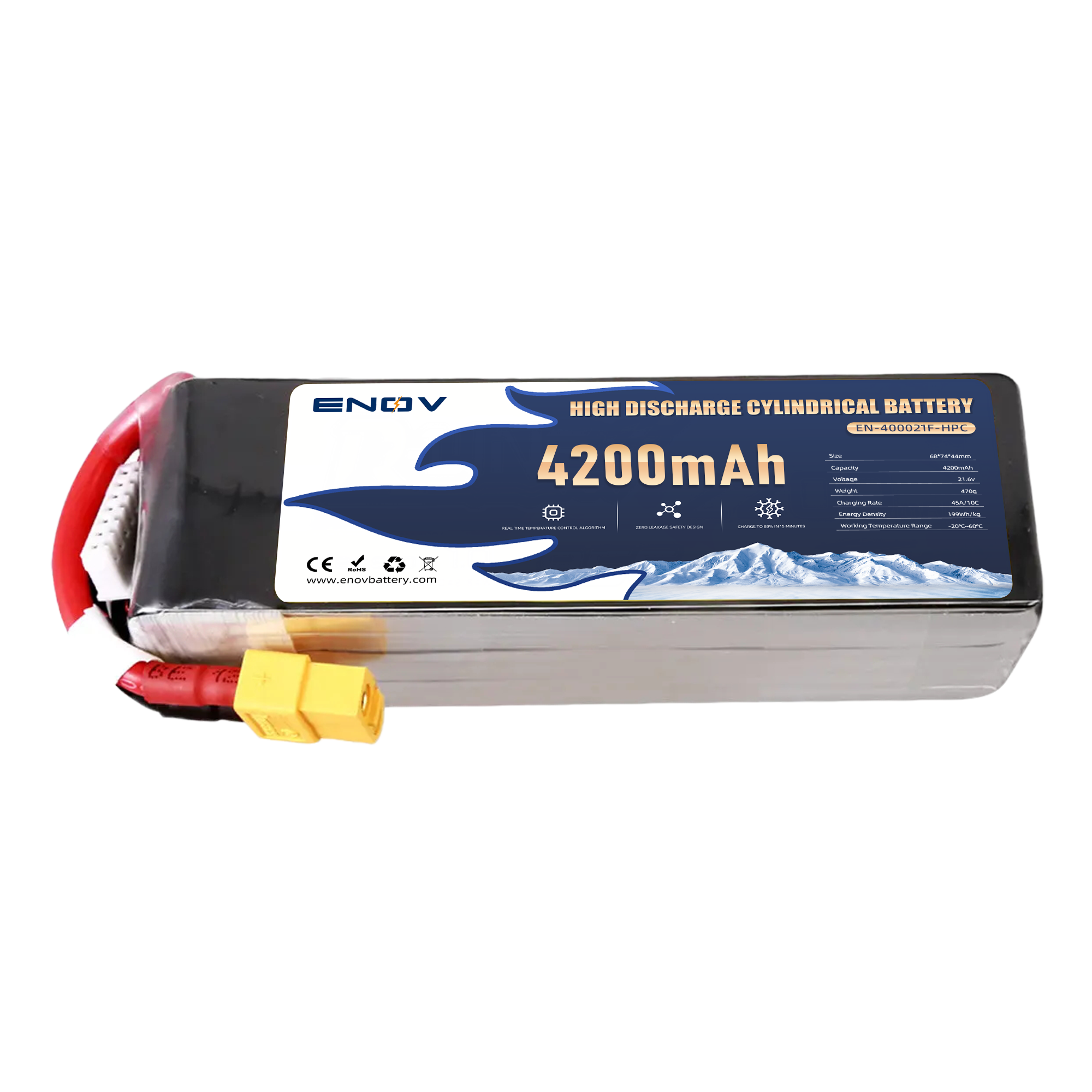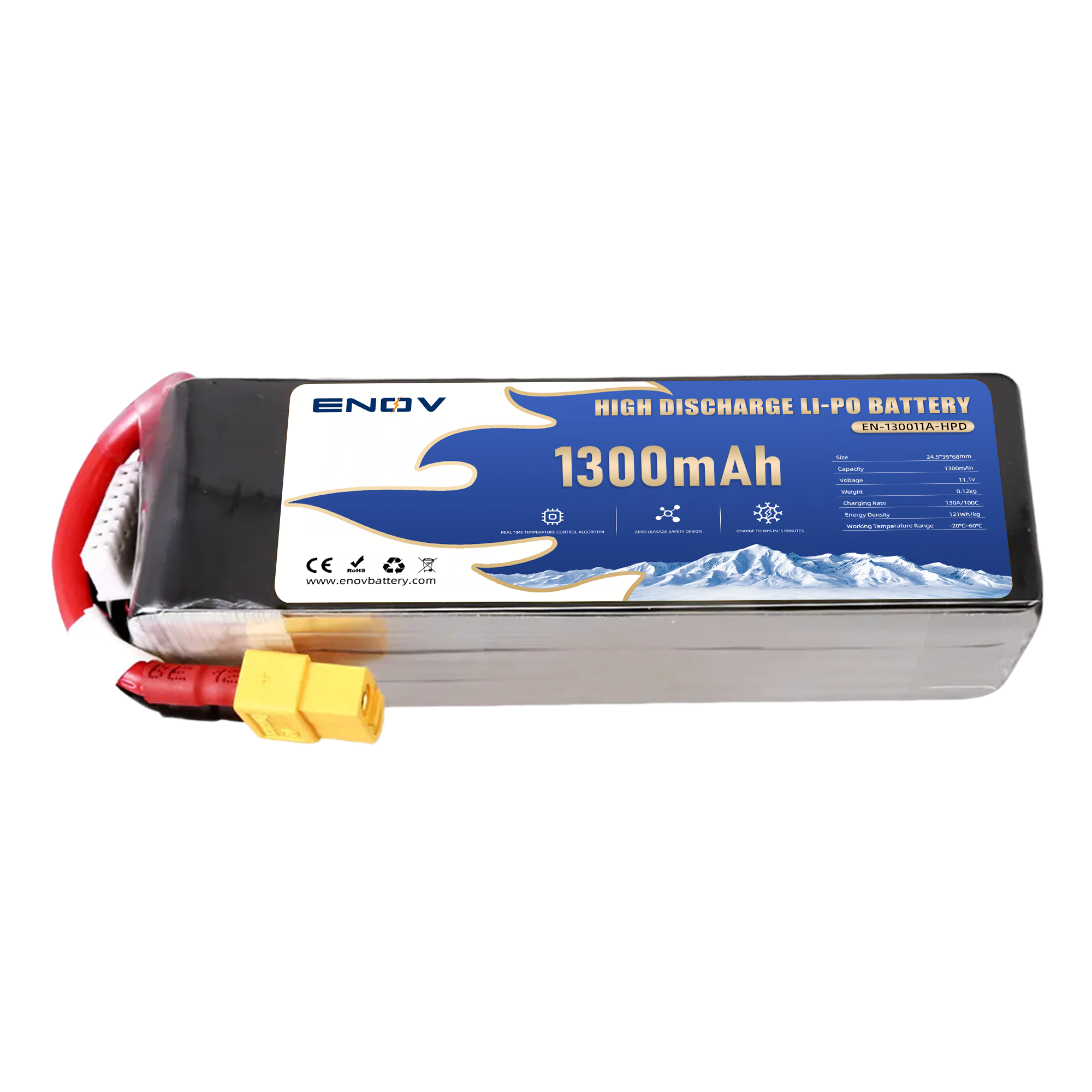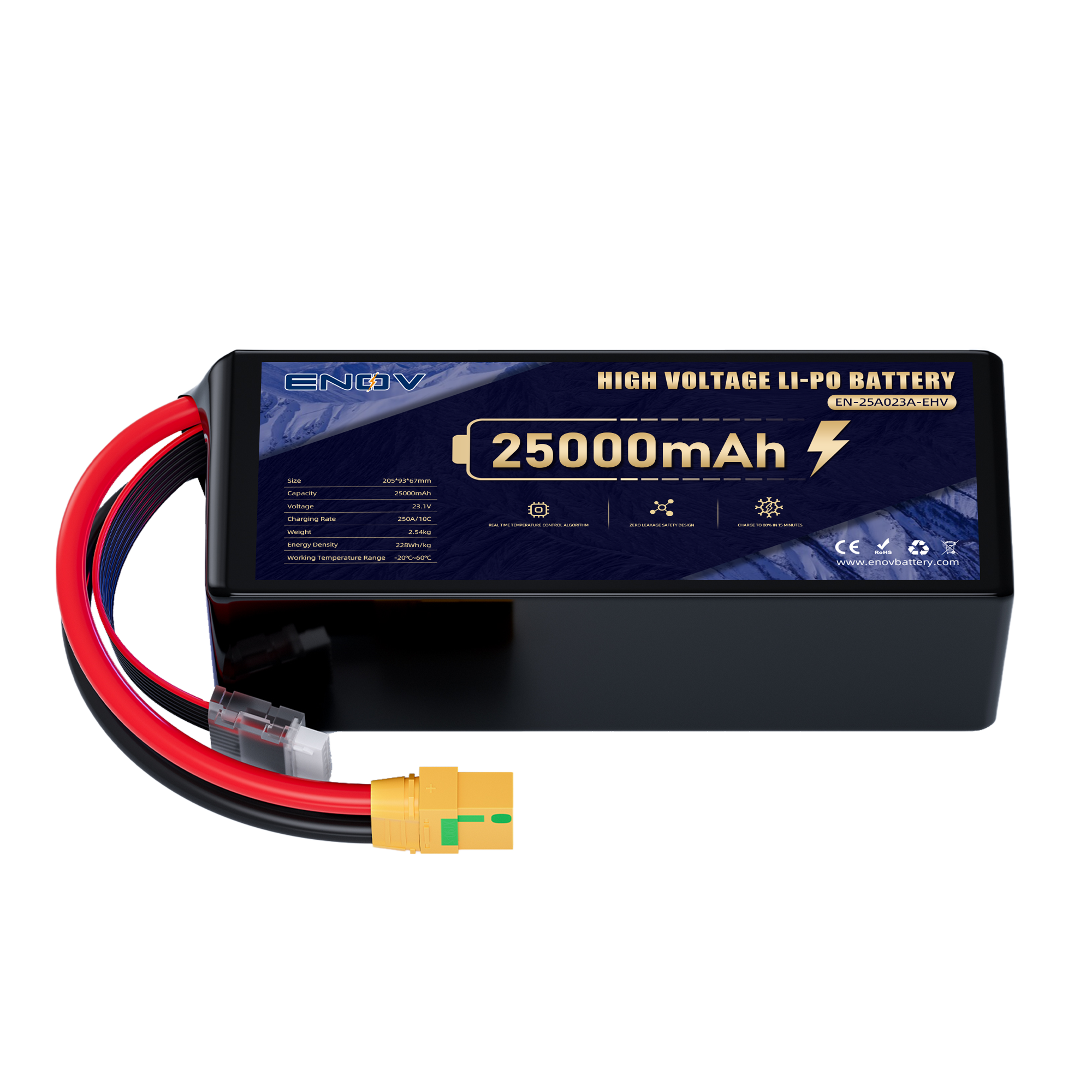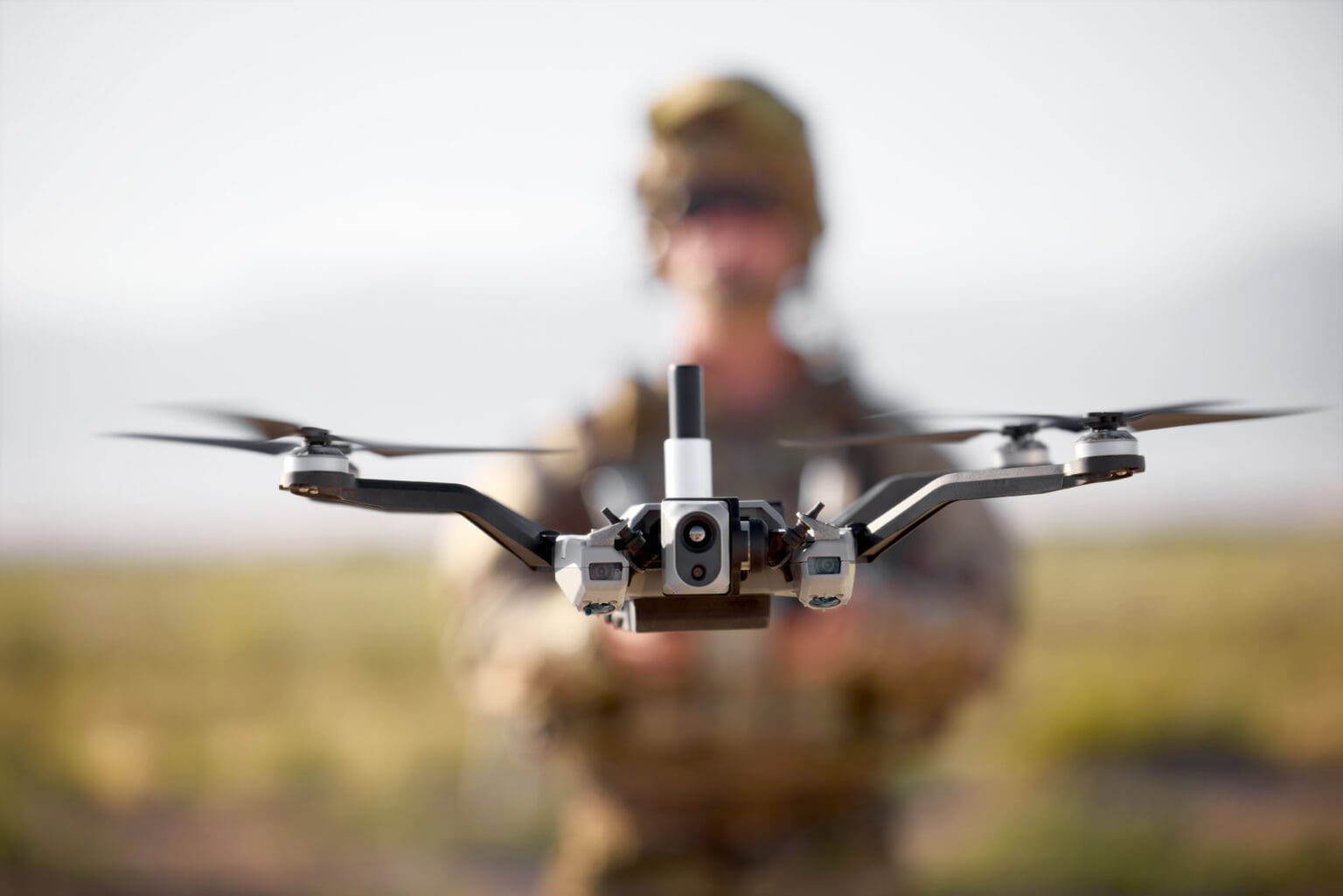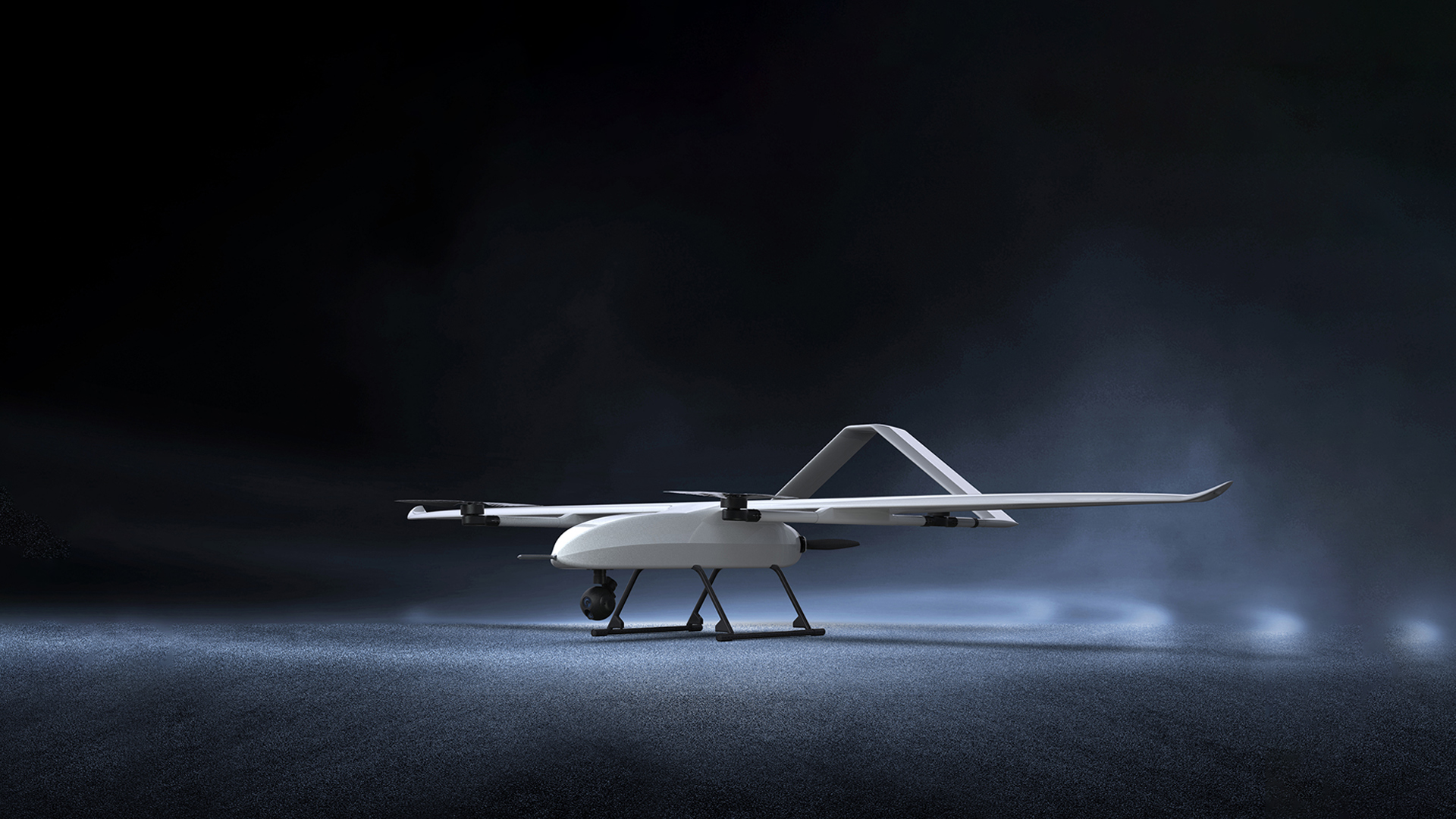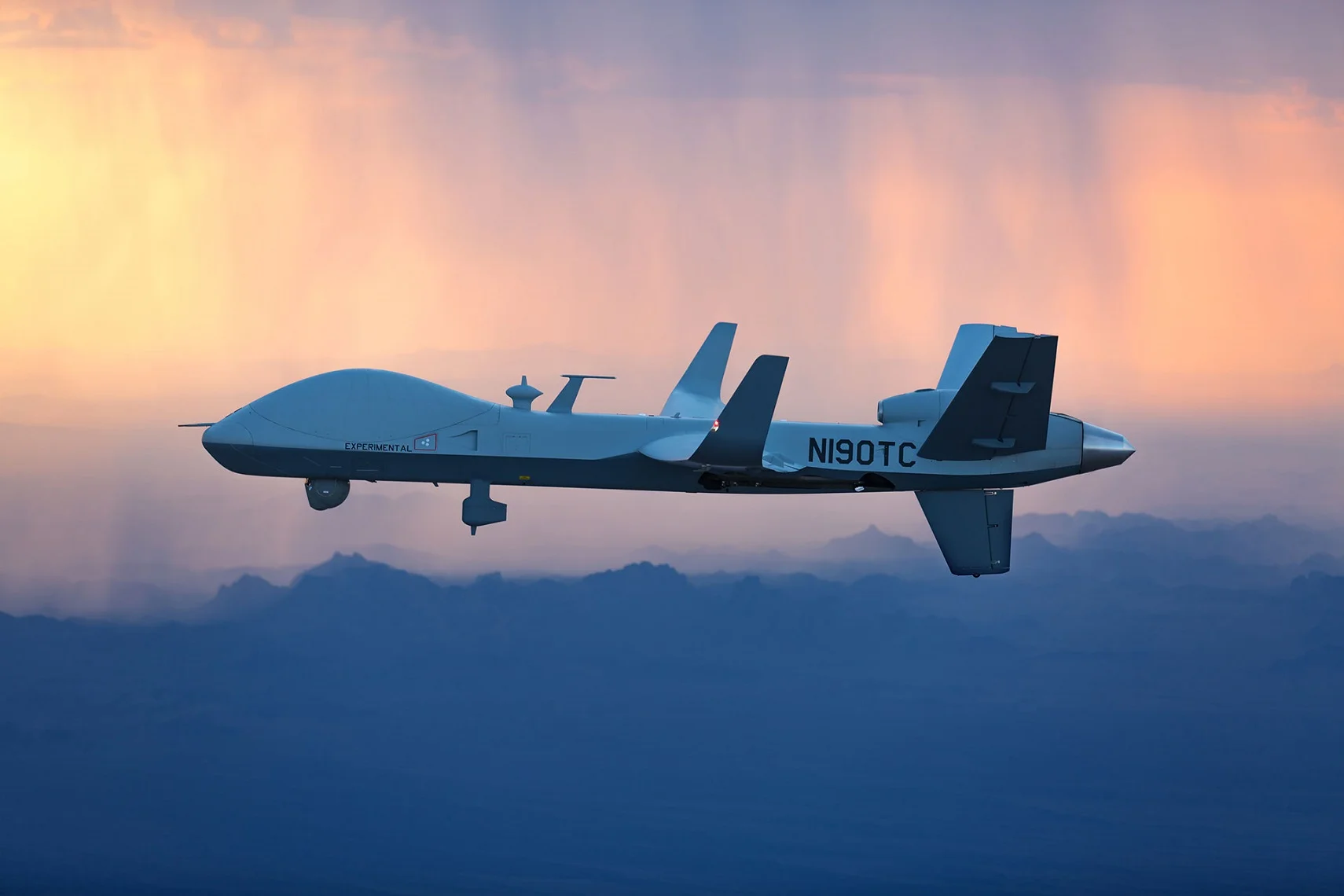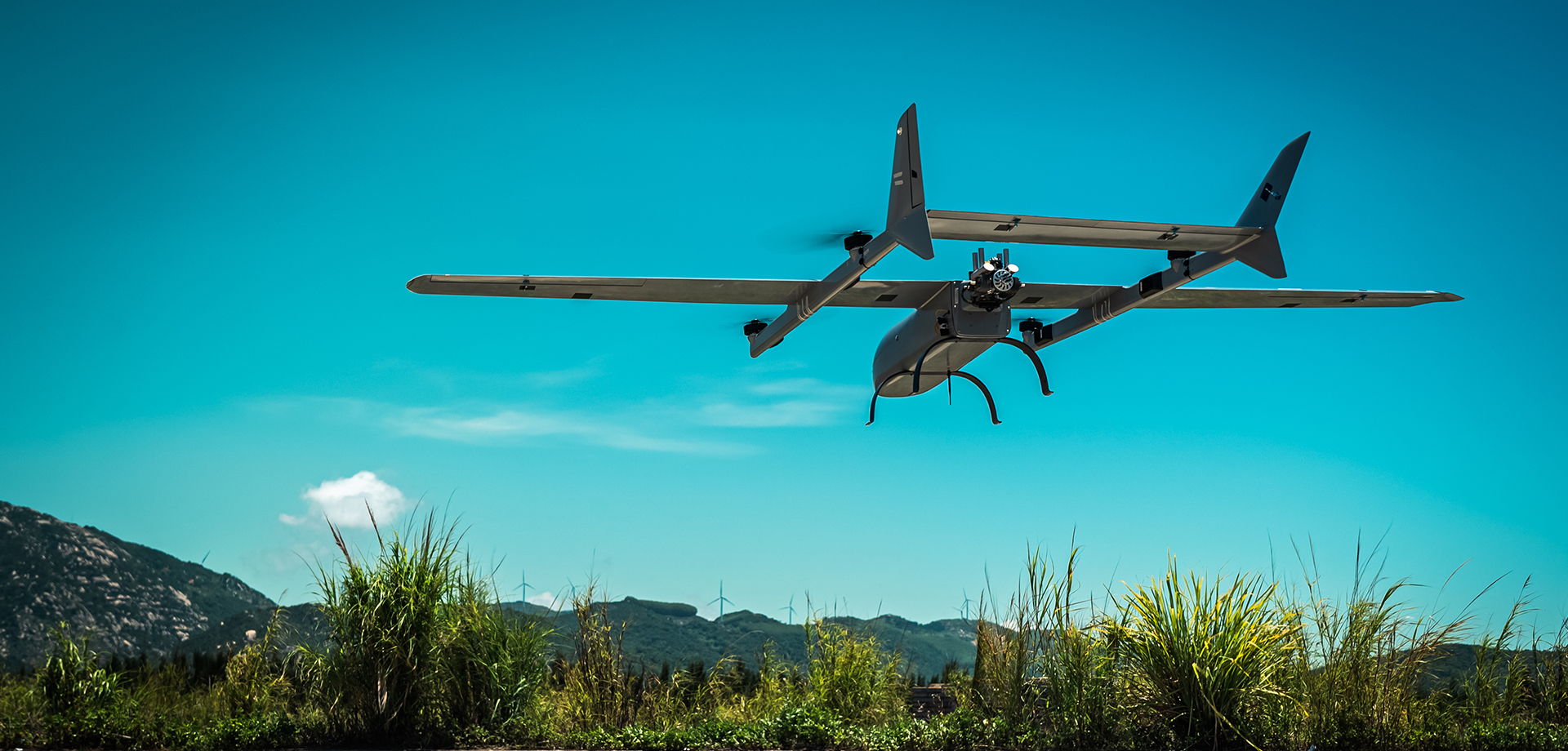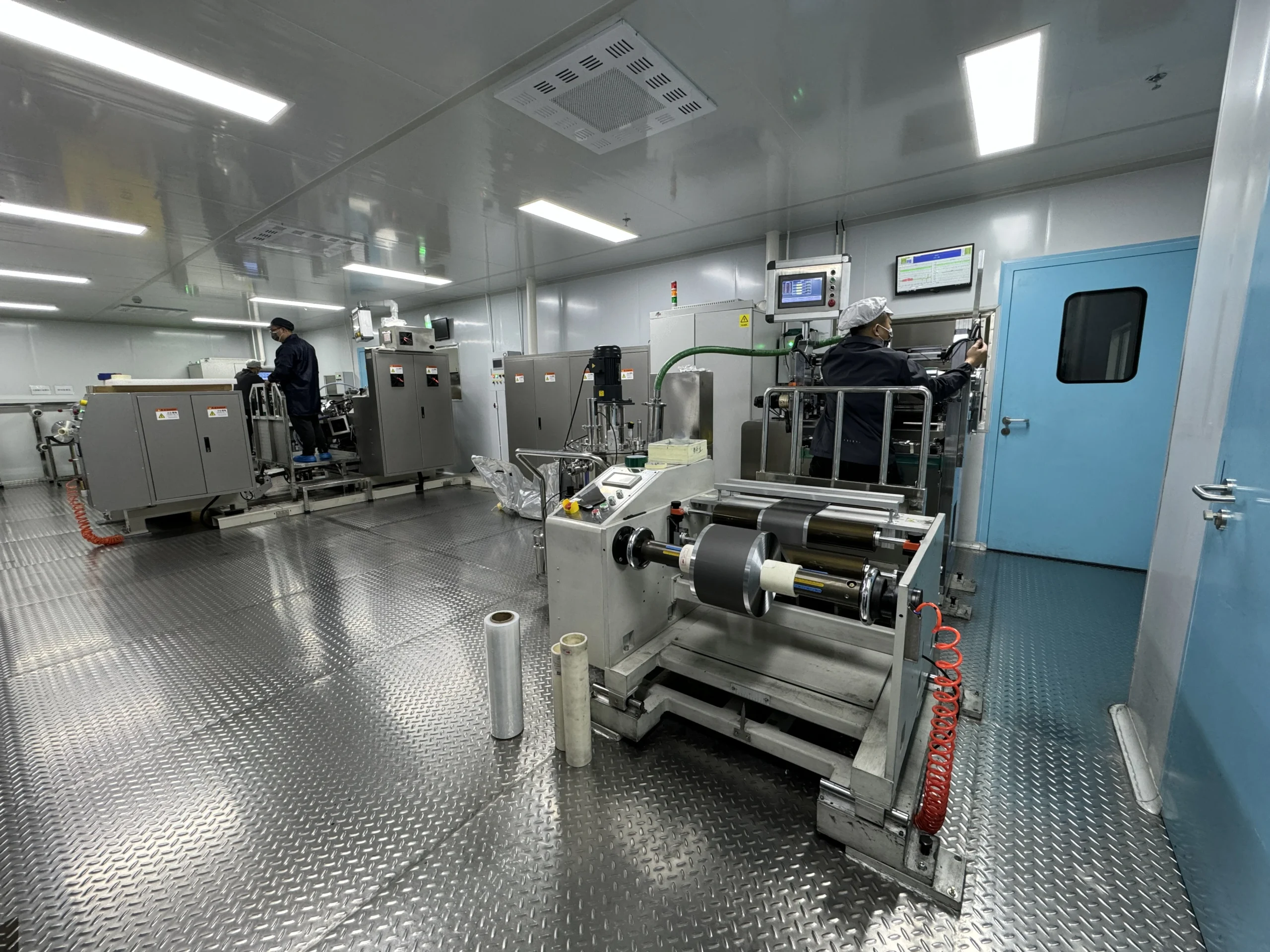The Truth About Fast Charging: Pros and Cons for Drone Batteries
Fast charging for drone batteries offers undeniable convenience but comes with trade-offs that impact performance, safety, and lifespan. While it reduces downtime during critical missions, pushing lithium-polymer (LiPo) batteries to charge rapidly generates heat and stresses cells. Pilots must weigh these benefits against risks to make informed decisions. This guide unpacks the realities of fast charging, helping you optimize efficiency without compromising battery health.
main content
The Advantages of Fast Charging
Fast charging slashes downtime, enabling pilots to recharge batteries in minutes instead of hours. For commercial operators conducting back-to-back flights—such as aerial inspections or event photography—this efficiency boosts productivity. Modern chargers with 2C or 3C rates (e.g., 10A for a 5000mAh battery) can replenish 80% capacity in 20–30 minutes. Emergency scenarios, like search-and-rescue operations, particularly benefit from rapid turnaround times.
The Hidden Costs of Speed
Aggressive charging accelerates chemical degradation within LiPo cells. Heat generated during fast charging breaks down electrolytes, reducing capacity over fewer cycles. For instance, a battery charged at 2C might lose 20% capacity after 150 cycles, whereas 1C charging could maintain it for 250 cycles. High temperatures also increase swelling risks, potentially rendering batteries unusable prematurely.
Thermal Risks and Safety Concerns
Fast charging elevates internal temperatures, raising the likelihood of thermal runaway—a chain reaction causing fires or explosions. Batteries exceeding 110°F (43°C) during charging should be disconnected immediately. Poorly ventilated charging areas or using non-certified chargers exacerbates these hazards. Always monitor temperatures with infrared thermometers or chargers equipped with thermal sensors.
When to Use Fast Charging Wisely
Reserve fast charging for urgent needs rather than routine use. Prioritize 1C rates for daily operations to maximize battery lifespan. If using 2C, ensure your battery explicitly supports it (check labels like “5C charge rate”). Pair fast charging with active cooling systems, such as fan-cooled charging bags, to dissipate heat. Avoid charging multiple batteries simultaneously at high rates to prevent overheating.
Battery Chemistry and Fast Charging Limits
Not all LiPo batteries handle fast charging equally. High-performance models with graphene additives or high-C-rated cells tolerate faster rates better. Conversely, budget batteries often lack robust internal structures, making them prone to failure under stress. Always verify manufacturer guidelines—exceeding recommended rates voids warranties and risks catastrophic failure.
Balancing Speed and Longevity
To offset fast charging’s downsides, adopt complementary practices:
Store batteries at 50% charge in cool environments.
Avoid deep discharges below 20% before recharging.
Use balance chargers to maintain cell uniformity. These habits mitigate wear, even when occasional fast charging is unavoidable.
Future Innovations in Fast Charging
Emerging technologies like silicon-anode batteries and solid-state electrolytes promise faster charging with minimal heat. Smart chargers with adaptive algorithms also adjust rates based on real-time temperature and voltage data. Such advancements aim to reconcile speed and safety, potentially revolutionizing drone operations.
Final Recommendations
Fast charging for drone batteries is a double-edged sword—valuable yet risky. Use it sparingly, prioritize quality batteries, and never compromise on cooling or monitoring. By understanding its pros and cons, pilots harness speed strategically while safeguarding their equipment and missions.
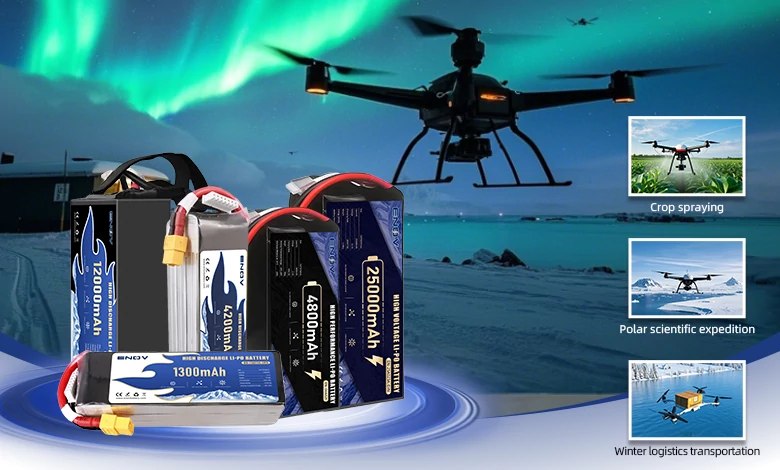
UAV DRONE battery
Enov UAV battery has the most advanced UAV battery new technology, it has a lightweight structural design, ultra-high energy density, stable continuous discharge, customized ultra-high instantaneous discharge, wide temperature working range, stable charge and discharge, battery materials can choose high nickel terpolymer positive/silicon carbon negative material system combined with semi-solid battery technology. Or choose a more mature application of more UAV lithium battery technology, available UAV battery nominal voltage 3.7V, capacity 18.0Ah ~ 30.0Ah, support 10C continuous discharge and 120C pulse discharge (3 seconds). With ultra-high energy density (220-300Wh/kg) as its core advantage, Enov UAV batteries can meet the needs of long-term endurance scenarios such as plant protection drones and transport drones, while maintaining stable emission performance in extremely low temperature environments (-40℃).
Other products
START-STOP LITHIUM BATTERY
LITHIUM ENERGY STORAGE BATTERY
QUICK INQUIRY
FAQ
Access to high frequency technical questions with one click, get accurate answers on product application, after-sales policy and customization process.
Service and Support
Get the latest product specifications, explore professional OEM/ODM customization services, click to open exclusive technical support and production solutions.
Become a Partner
We sincerely invite resources to interconnect, work together for win-win development, and immediately open a new chapter of strategic cooperation!
